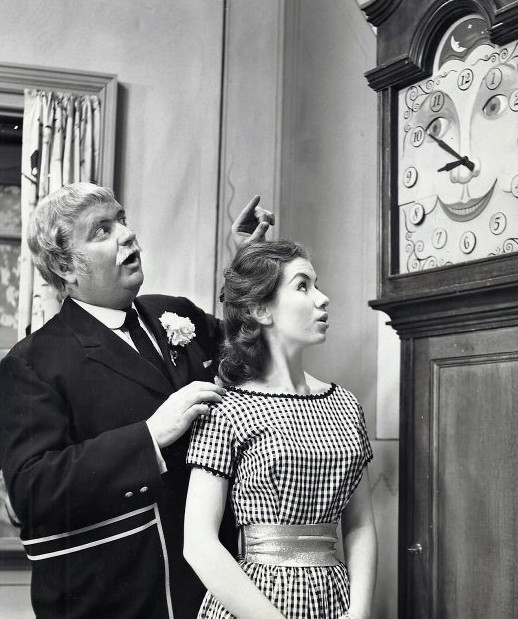
Bob Keeshan (Captain Kangaroo) and Bennye Gatteys from the television program Captain Kangaroo, 1959, with Grandfather Clock.
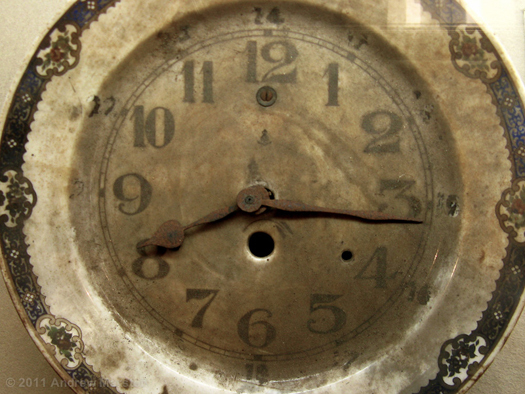
Clock stopped at moment of Hiroshima impact.
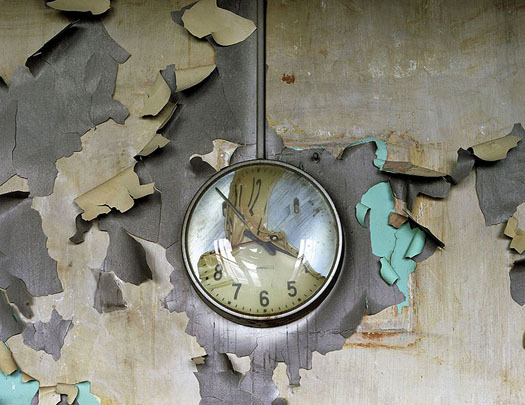
Yves Marchand and Romain Meffre; Melted clock, Cass Technical High School
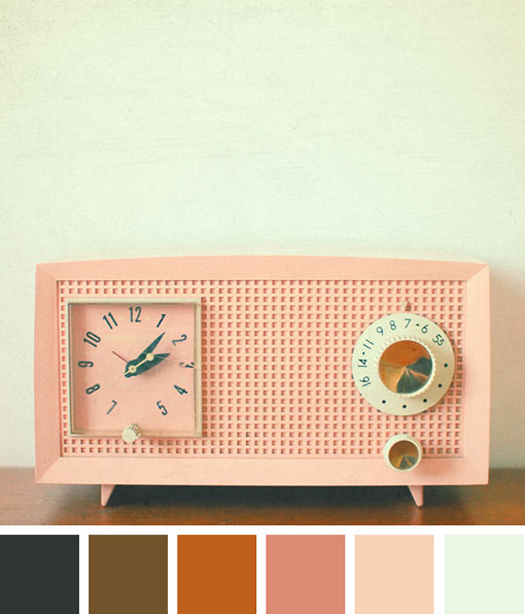
Image of peach radio by Cassia Beck.
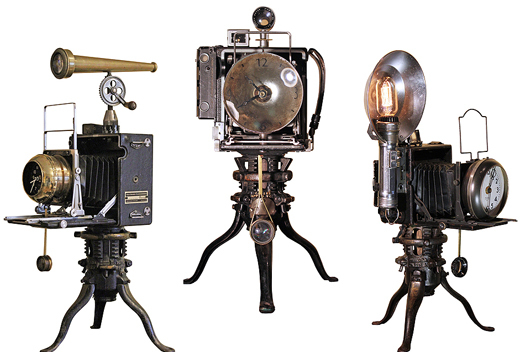
Custom, one-of-a-kind camera clocks from Van Dusen Clockworks.

A 1950s Kit Cat clock.
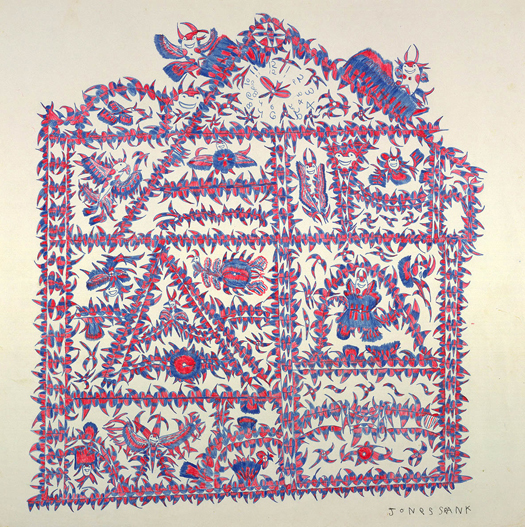
Self-taught artist Frank Jones, c. 1968-1969, Smithsonian American Art Museum
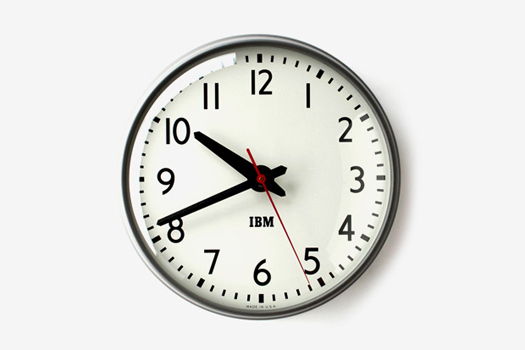
1960s classic IBM Clock.
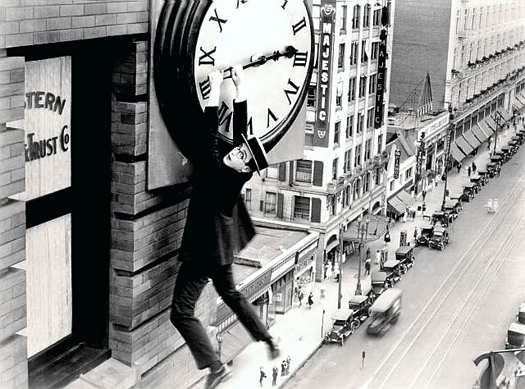
Silent film star Harold Lloyd in “Safety First,” 1923.
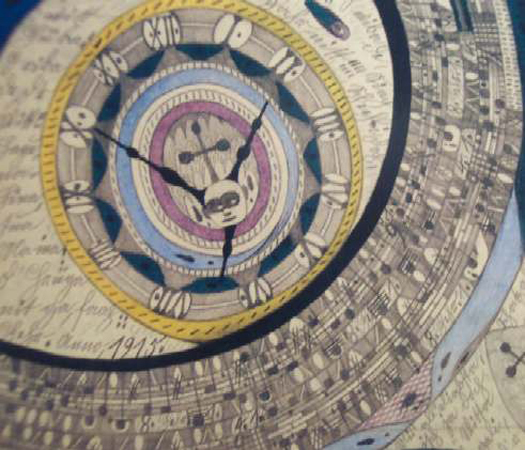
Detail from work by self-taught artist Adolf Wolfli (1864-1930).
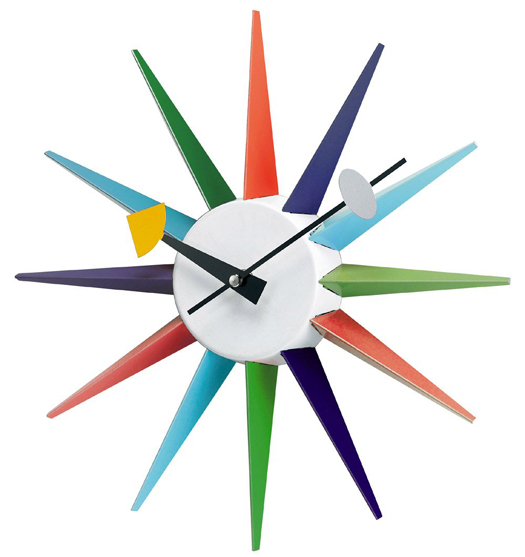
George Nelson mid-century clock by Knoll, 1950s.
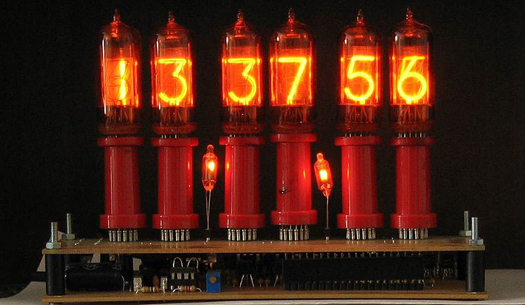
Nixie clock containing wire-mesh anode and multiple cathodes in the shape of numerals.
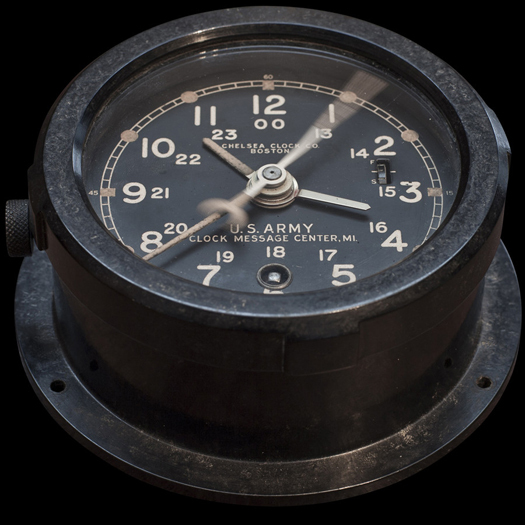
U.S. Army military clock, manufactured by Chelsea Clock Company, c. 1920-1930.

U.S. Government clock with 24-hour dial, manufactured by Chelsea Clock Company, c. 1920-1930.

Group of simple mechanical school/industrial clocks, France, c. 1930
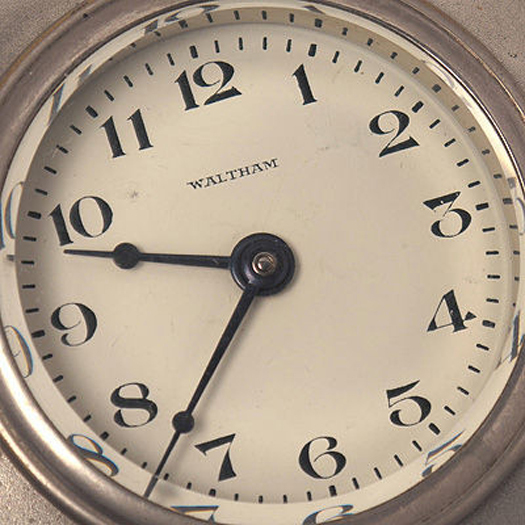
Waltham dashboard car clock, simple form, nickel casing, American c. 1920
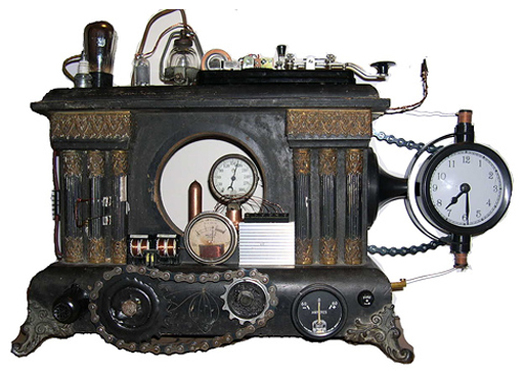
Steampunk clock designed by Amahl Shukup, using a 1910 clockcase and found industrial parts.
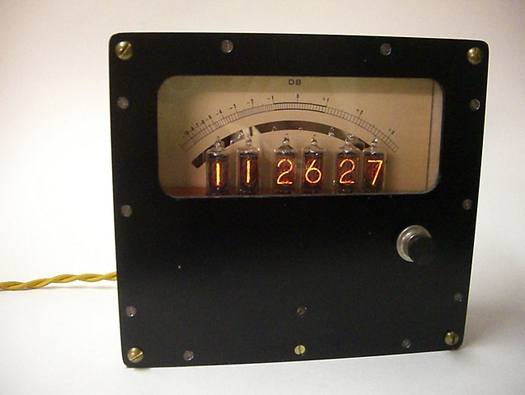
Single digit steampunk nixie clock.

Diagram of a clock assembly.
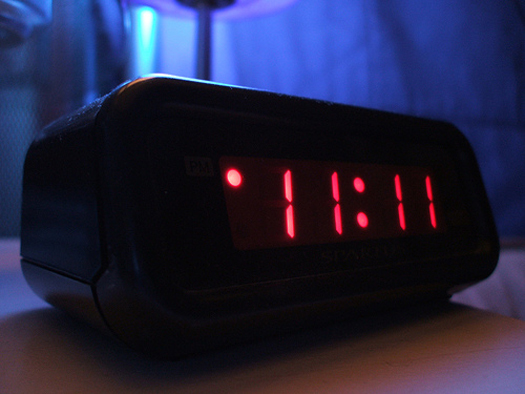
The time 11:11 seems to have meaning for many people.

Burned room with clock at abandoned Emge Foods Plant in Fort Branch, Indiana.
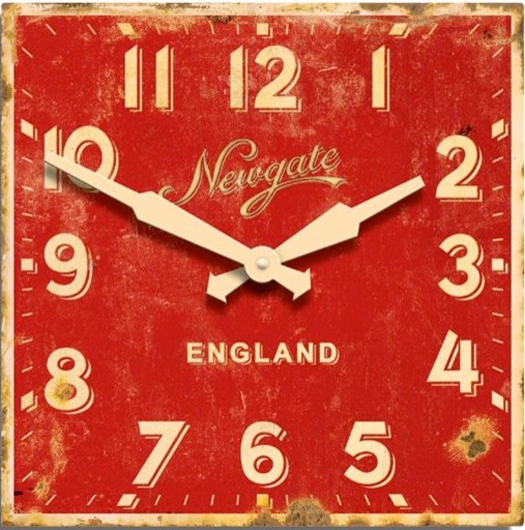
Vintage watch face by Newgate.
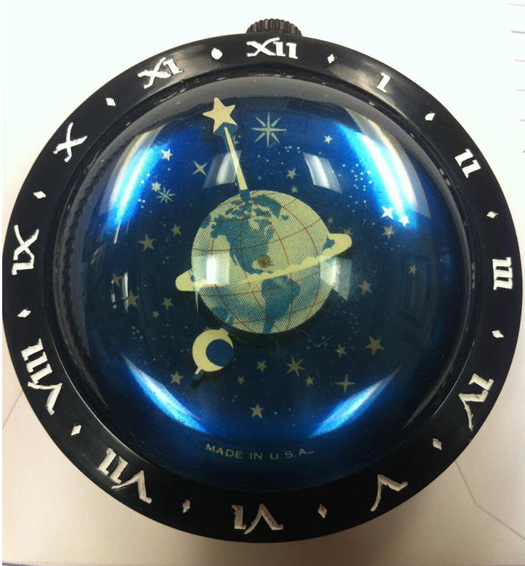
Westclox Earth paperweight clock — 1936-1938

1930s Ingersoll vintage “Who's Afraid of the Big Bad Wolf” alarm clock
